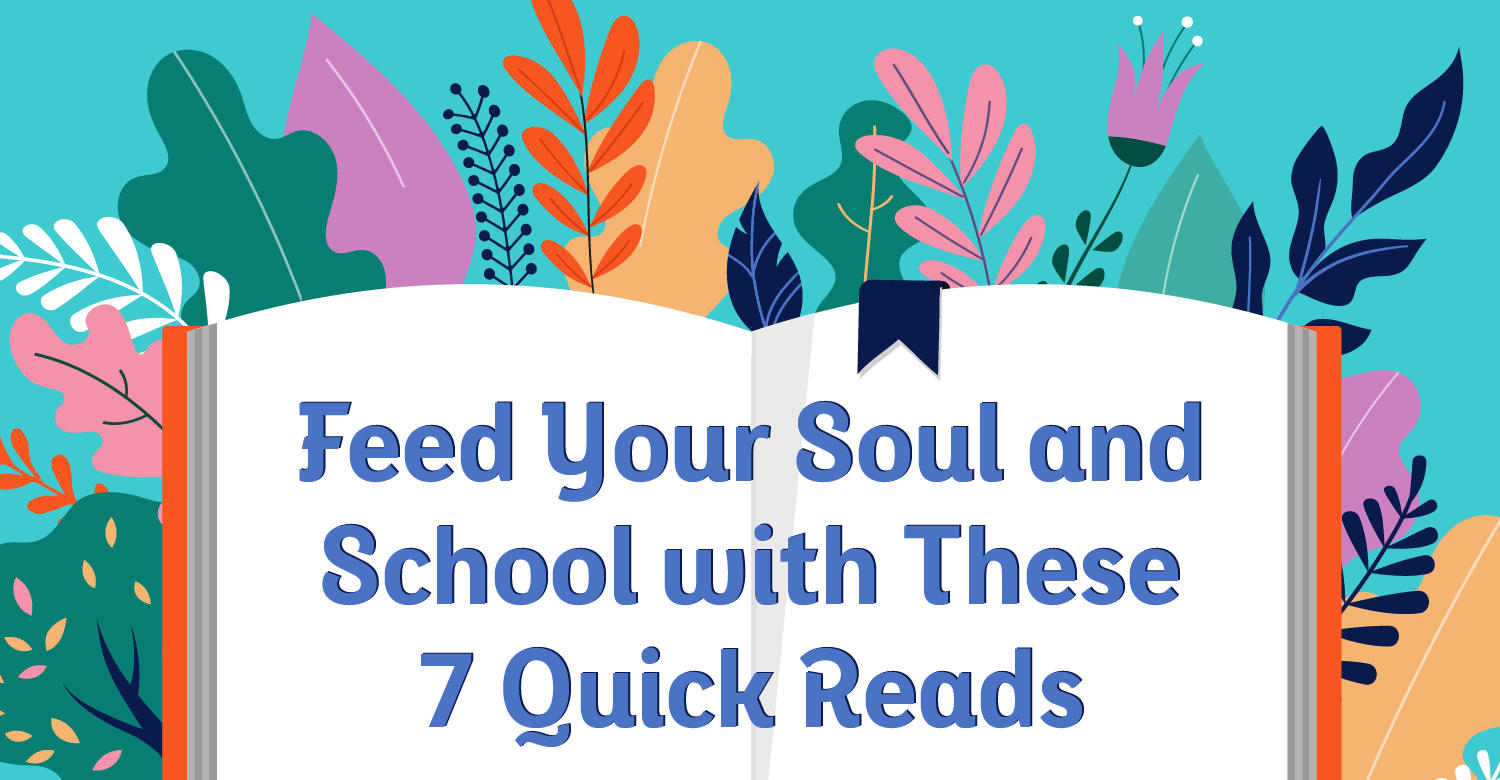As we reflect on the trials faced during this COVID-19 state of being, we long for a chance to navigate away from struggles and toward new beginnings. During this new phase of learning designed by the pandemic, I find myself in the role of guest teacher in order to keep the education of students continuing when symptoms or close contact removes the regular teacher for a brief period. I must admit that I absolutely love being back in a classroom setting and interacting with students. Having an opportunity to provide instruction on a variety of topics fills me with both excitement and anxiety. As a principal the stakes are certainly high; you make sure to meet the same expectations you have set for your staff when you take the reins, and one of the key pieces is student engagement. Engagement is paramount while we focus on bridging learning gaps caused by the recent upheaval.
All parties grapple with building connections and maintaining engagement during this socially isolated time. The struggle is real. It is real for the teaching staff, students, support staff, administration, parents, cafeteria workers, bus drivers, and the list goes on. We have all been searching for an answer on how to engage safely with each other, on the level we desire and know to be essential for growth in an education setting. Critical are the relationships built during the course of a school year. The personal bonds that teachers have with their students reinforce basic needs of belonging, which is the antithesis of what many of us are currently feeling. Social isolation, specifically in a school setting, has created a disconnect. The pandemic has often left us with somewhat superficial attachments rather than the deeper camaraderie facilitated through daily face-to-face sessions. Targeted work to show compassion and caring through our extended or virtual classrooms has been a goal for educators of all disciplines. Integrating social-emotional learning strategies has provided help in this work of regaining and maintaining connections as we shift our focus from engagement to empowerment.
Each spring educators and students alike simply have to work harder to maintain engagement in the classroom. That is just part of what we term as preparing for spring fever to hit as it does each year. However, when the pandemic hit, gearing up to combat the fever we knew quickly turned into being unsure of and unable to combat a fever we had no control over whatsoever. Seniors in high school who had been preparing for the transition to adulthood and making plans for life beyond K-12 educational routines now felt powerless. The pandemic made its way across the states and took center stage as our young people across the country anxiously waited to learn if they could celebrate graduation on their own stage. Everything in education seemed to move in slow motion as we all worked to gather the tools necessary to provide academic progress in a fashion we had not done before. How many times did we hear the phrase “unprecedented times”? Well, it was infinite and precise.
The goals shifted to not just surviving the new normal, but to empowering teachers and students to take control of the unknown and make intentional decisions to embrace the way we work together. Educators have created their own YouTube channels to demonstrate hands-on instructional videos across the curriculum. They have posted, tweeted, linked, sung, danced, collaborated, and just about any verb you can think of to convey academic content with intentionality to their students. In return students have used those same learning modalities to convey standards mastered, proving once again that our students are resilient. Educators have empowered multitudes of students to respond and get themselves back on track for their futures.
Encouraging a mindset to work through a challenge rather than give up is a lesson that has been not only taught, but also practiced. It is amazing to watch students lean in and listen to others as critical analysis unfolds.
Fortunately, some schools have transitioned from virtual to face-to-face sessions. The environment appears different with desks set six feet apart, new rules for entry, lunches and recess, and faces covered with masks. A quick observation shows students are glad to be back and a sense of normalcy is noted as eyes smile, laughter is heard, and learning continues. Likewise, to observe teachers conducting lessons on verbal and nonverbal communication by having students make their way through a maze created out of masking tape down a hallway. With social distancing in place, students found their way through a maze of 45 squares by stepping forward, backward, diagonally, or side to side without uttering a word. The only thing showing above their masks were their eyes and simply put, that is what they used to communicate. Tracing steps and diligently making calculated decisions during this nonverbal lesson had nothing to do with the written word but focused on how each person could convey meaning with a glance, nodding head, or shrug of the shoulders when no verbal message was available. We were so proud to hear of and witness the use of an employability skills lesson from our book, Ready for the Workforce. One of our objectives in the book is to provide tools to teach skills for the transition to career through higher education, military, technical training, or direct employment. We could not have guessed that a pandemic would coincide with the release date for our book, yet we could not be more pleased as the universal nature of the lessons offer strategies and content to engage and empower our students as they make their way to the next steps in their individual journeys.





